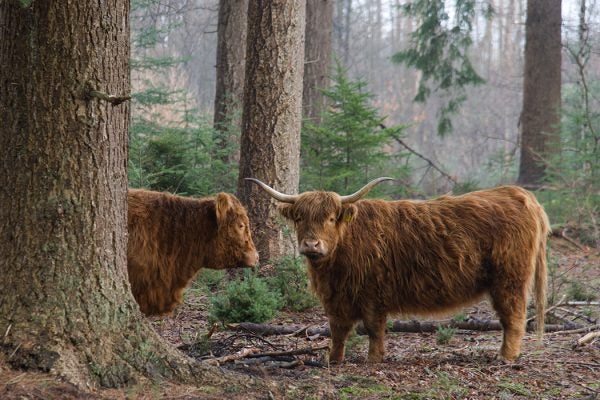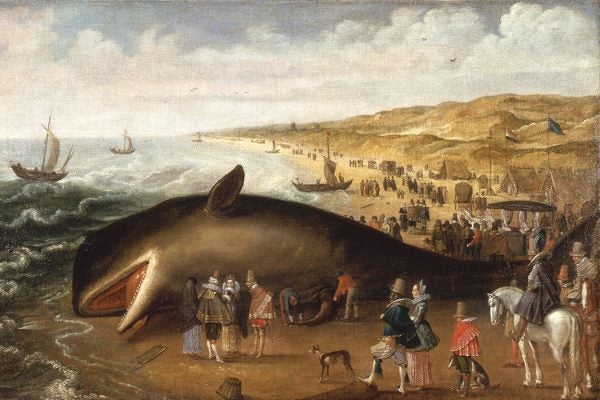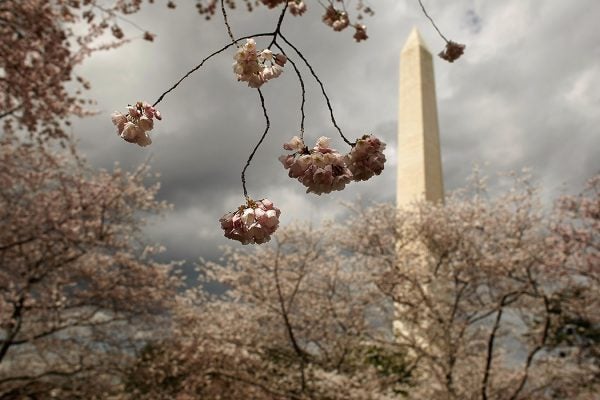What Will Green Hydrogen Mean for International Relations?
Storing and transporting excess renewable energy as hydrogen could reshape global energy politics.
Silvopasture; Or, Why Are There Cows in the Woods?
Cattle grazing on invasive plants in longleaf pine forests could benefit ecosystems and farmers alike.
Plant of the Month: Tree of Life
Indigenous people in North America used the conifer as an effective cure for scurvy during cold winters.
When the Push Button Was New, People Were Freaked
The mundane interface between human and machine caused social anxiety in the late nineteenth century.
Wait, There’s Noise Pollution at the Bottom of the Ocean?
Anthropogenic sounds have made it all the way down into the deepest place on Earth—Challenger Deep, in the Mariana Trench.
Which Flowers Bloom First and Why?
A massive collection of dried flower specimens demonstrates that climate change disrupts the timing of spring blooms.
RV144: The Largest HIV Vaccine Trial in History
One of the biggest advances in AIDS vaccine research was a controversial, landmark treatment that tested a new vaccine on 16,000 Thai volunteers.
The Tragicomedy of Johanna the Super Whale
How a beached cetacean triggered one whale of a controversy.
Is Your Favorite Tree an Invasive Species?
Some superstar trees in the US are actually invasive to their ecosystems. Blossoming cherry trees, for example.
The Whole Earth Catalog, Where Counterculture Met Cyberculture
Long before Facebook or Twitter, an L.L. Bean-style catalog for hippies inspired the creation of one of the world’s first social networks.









